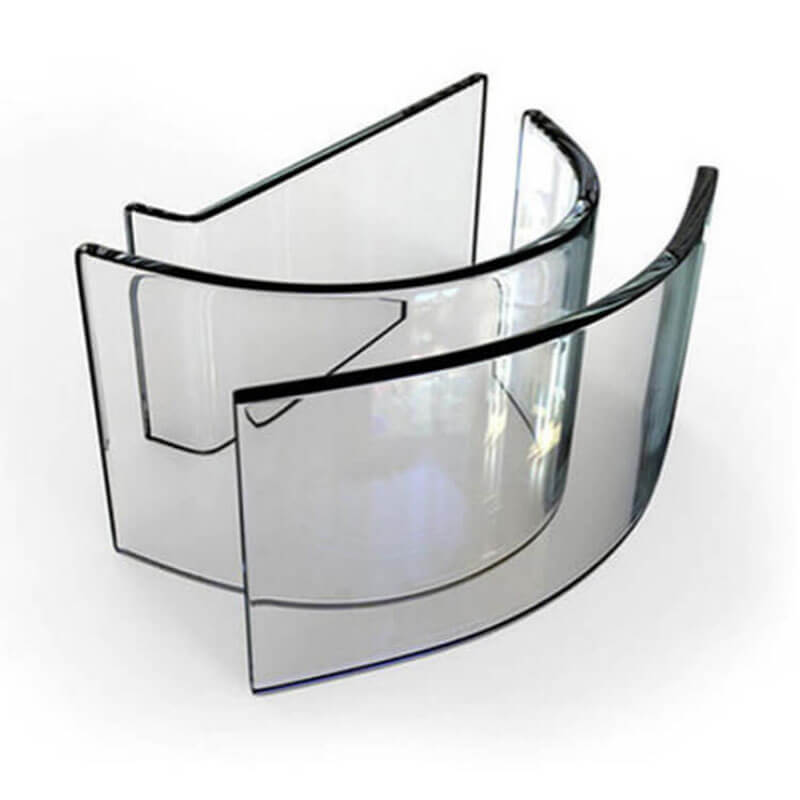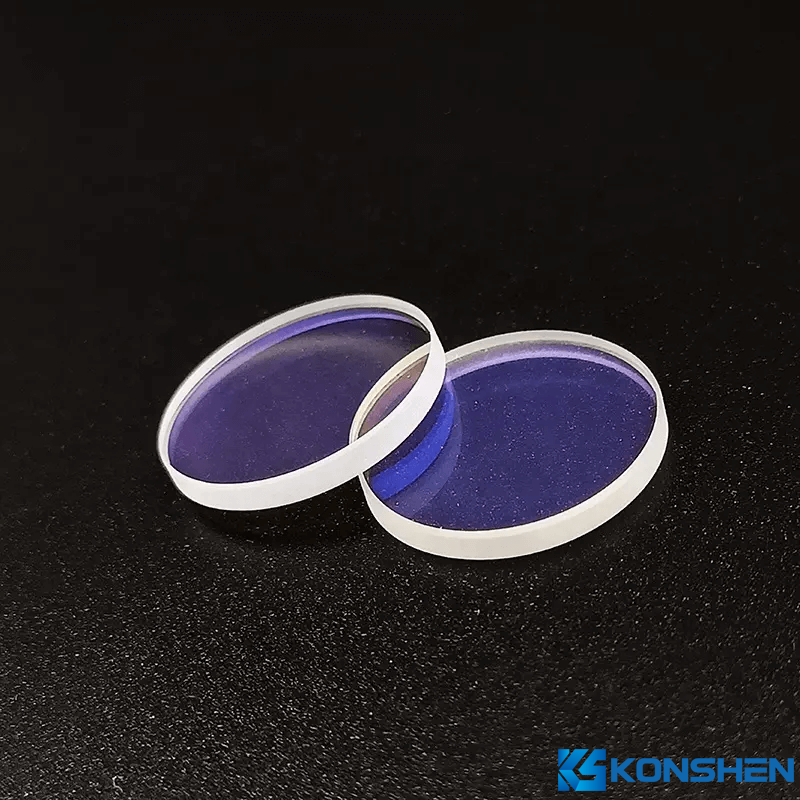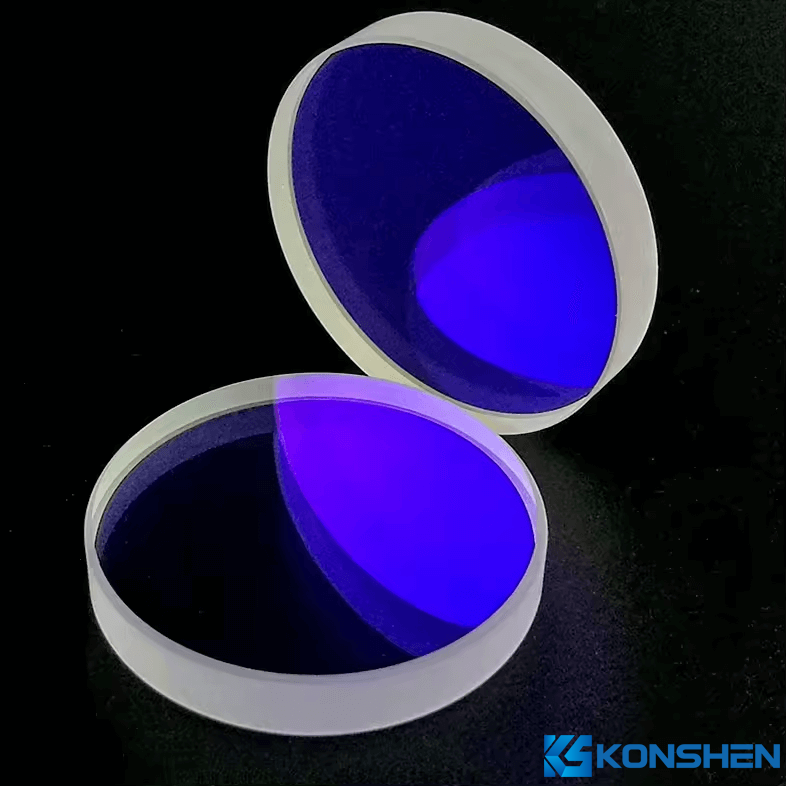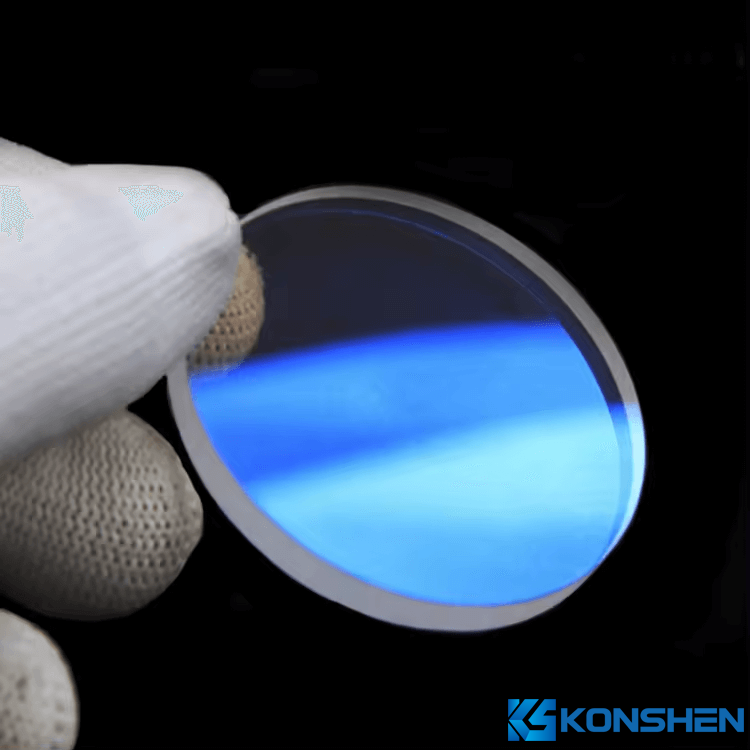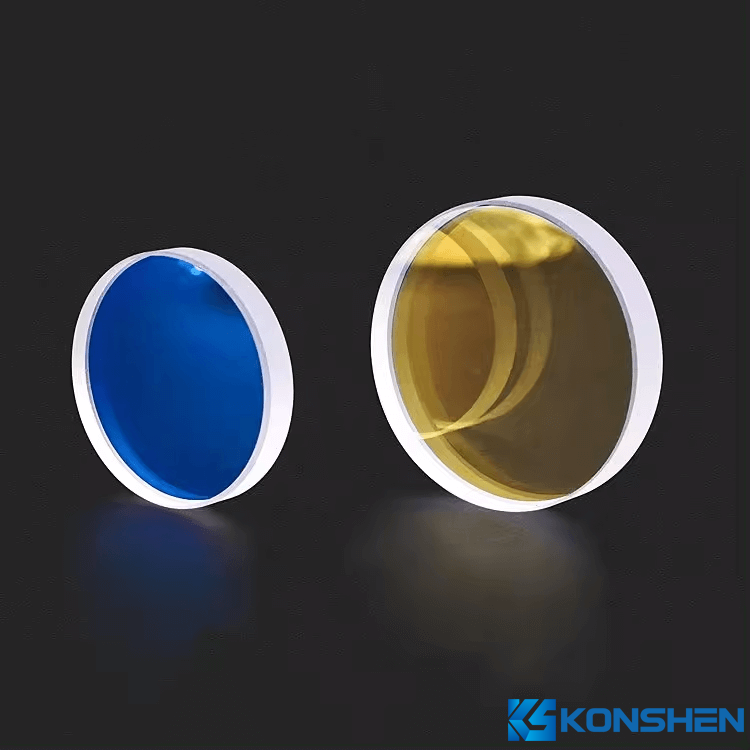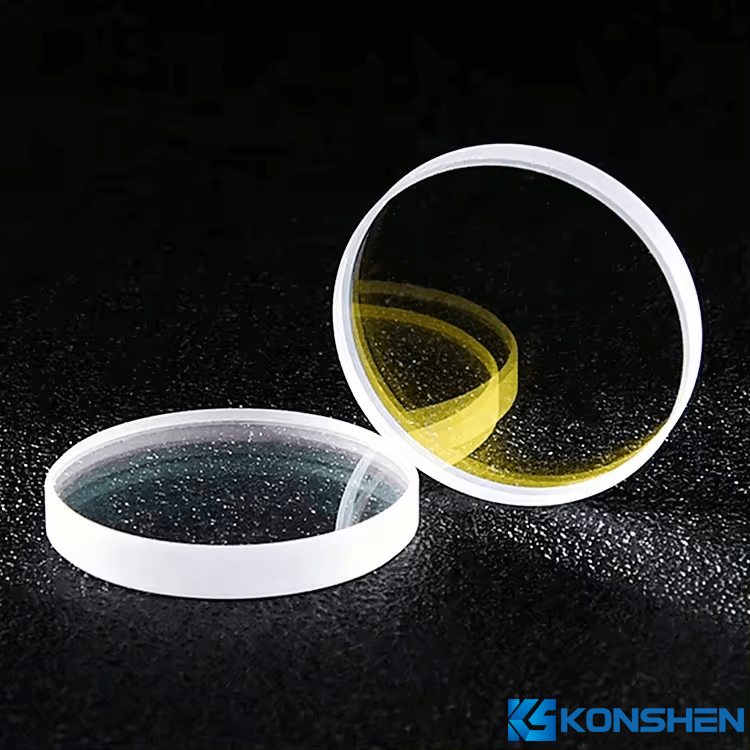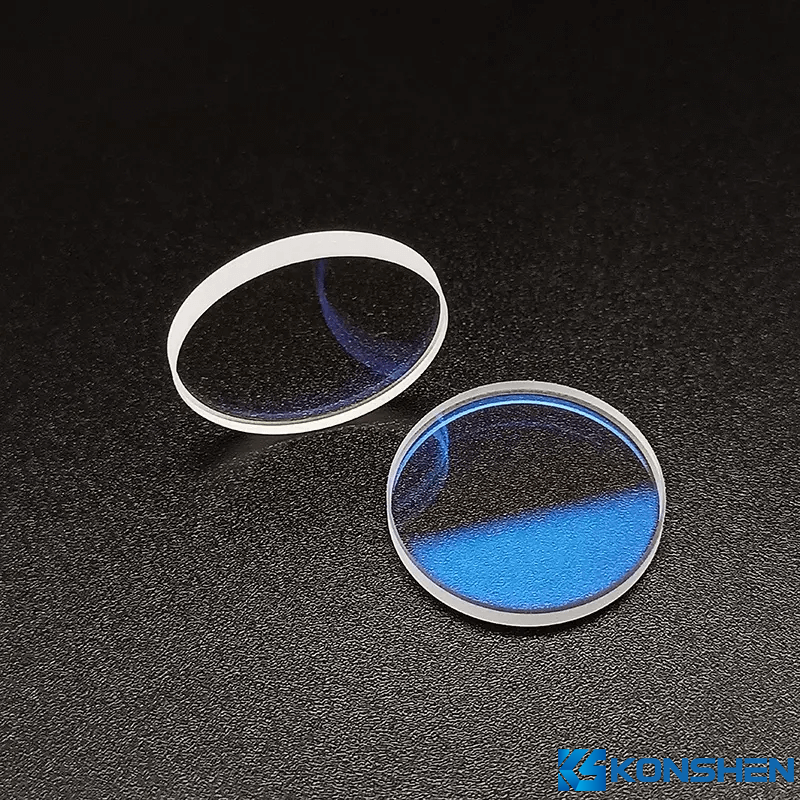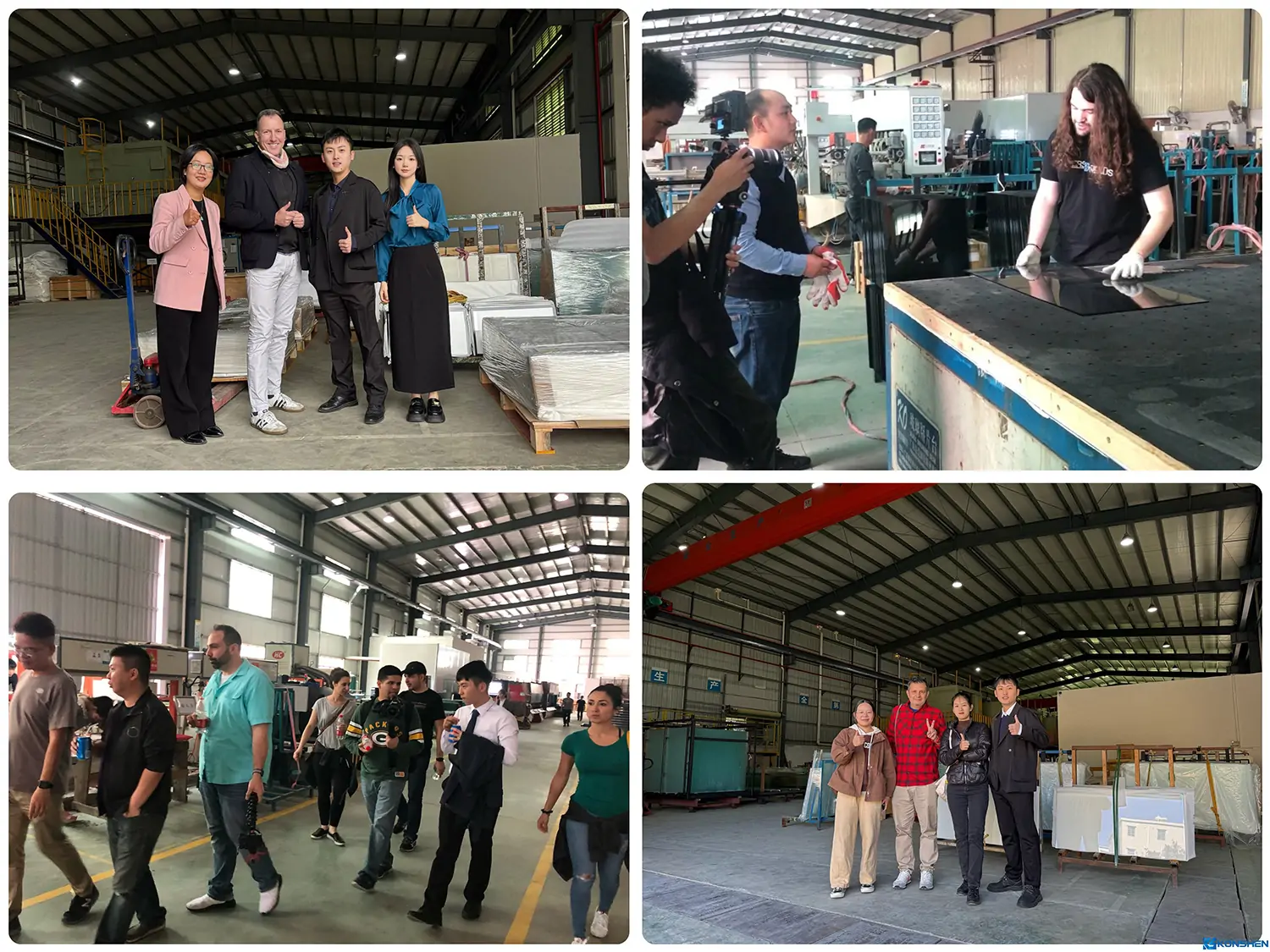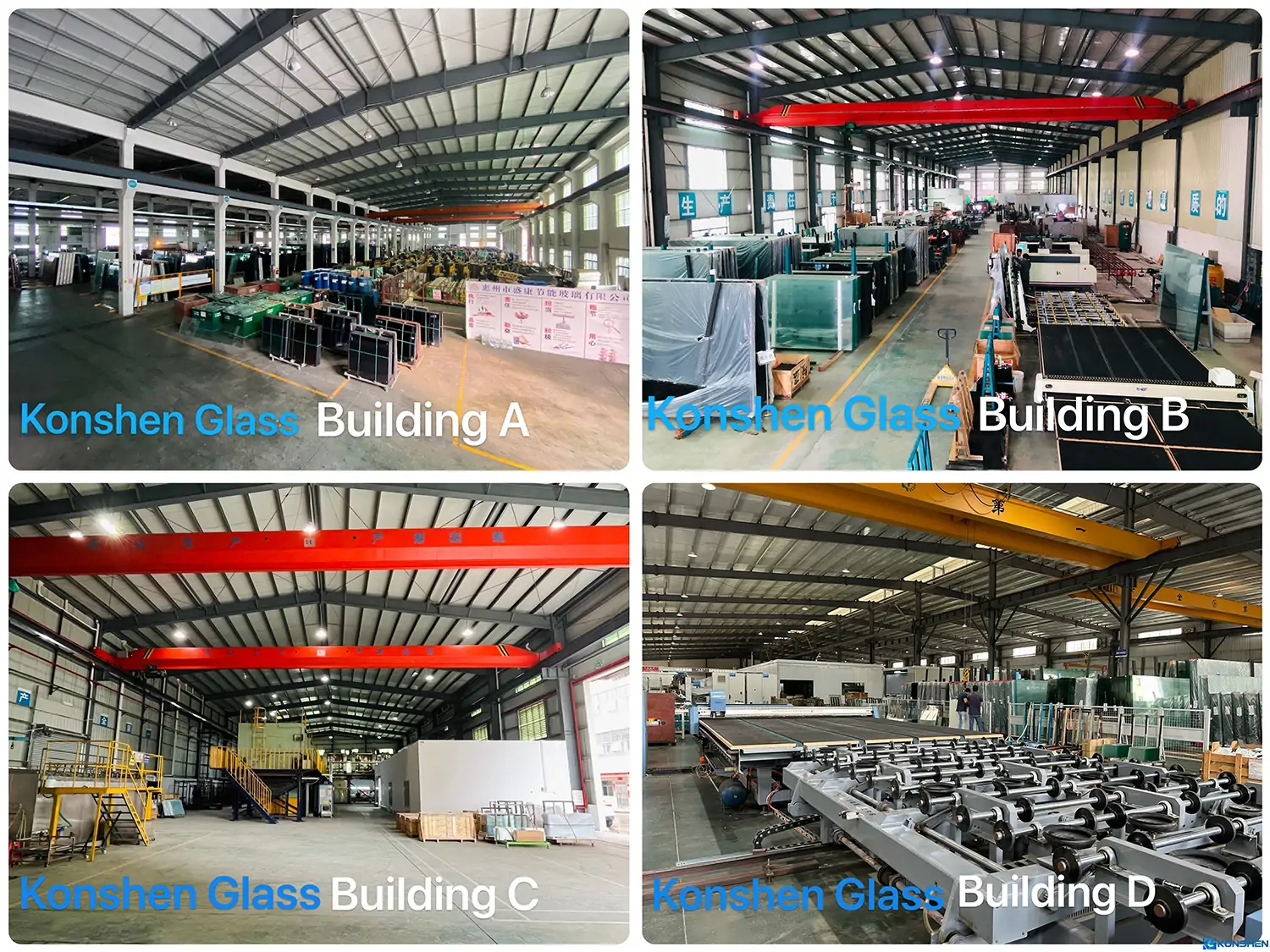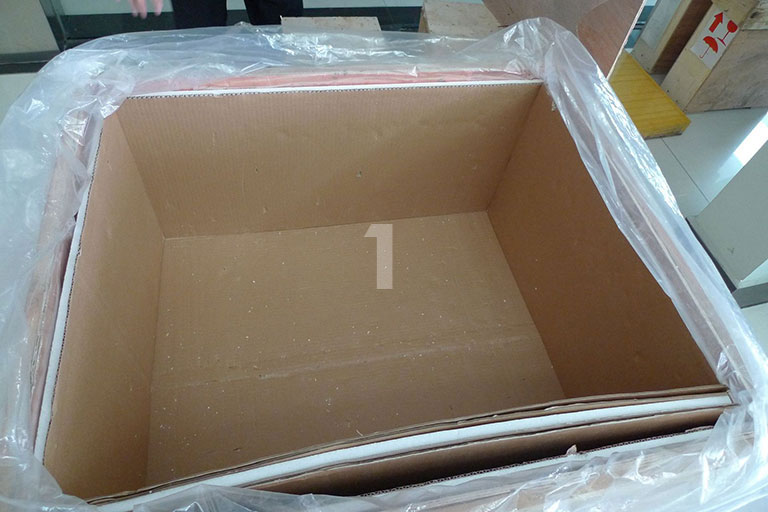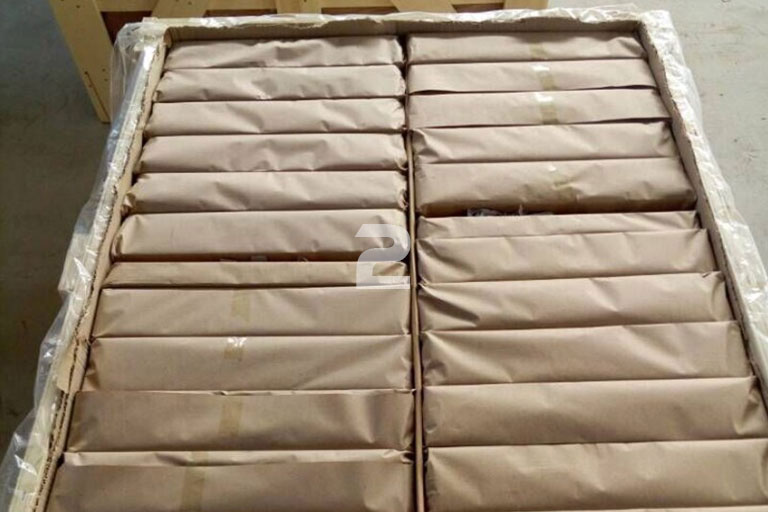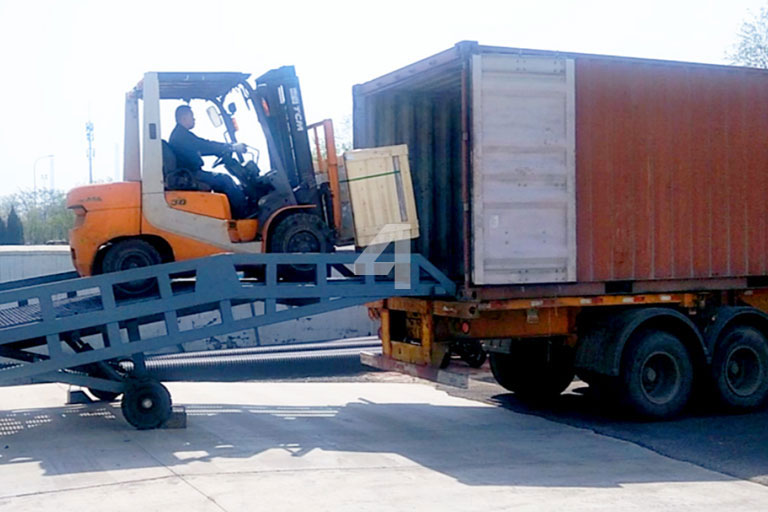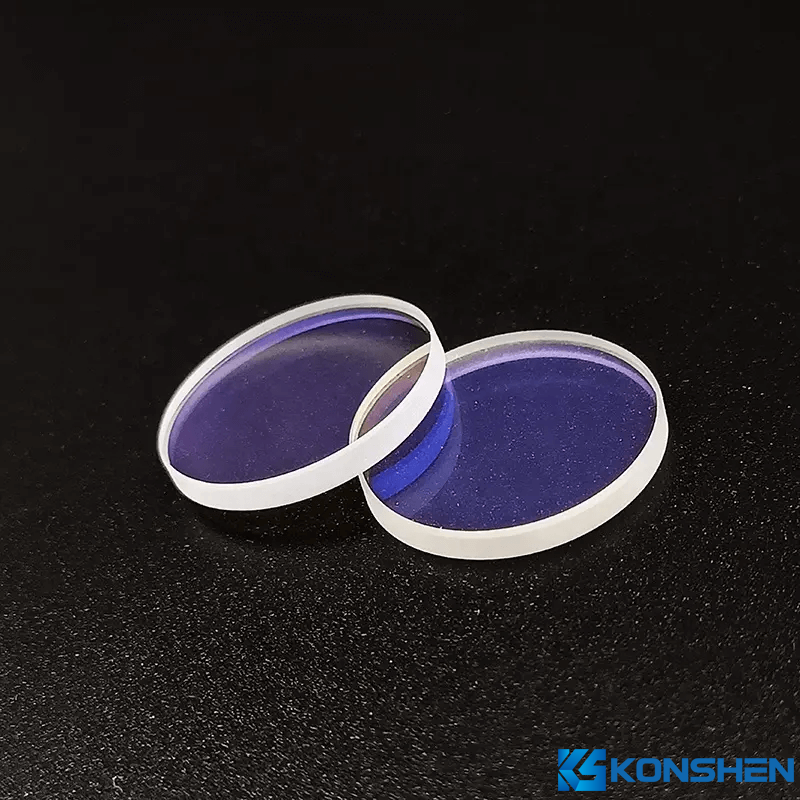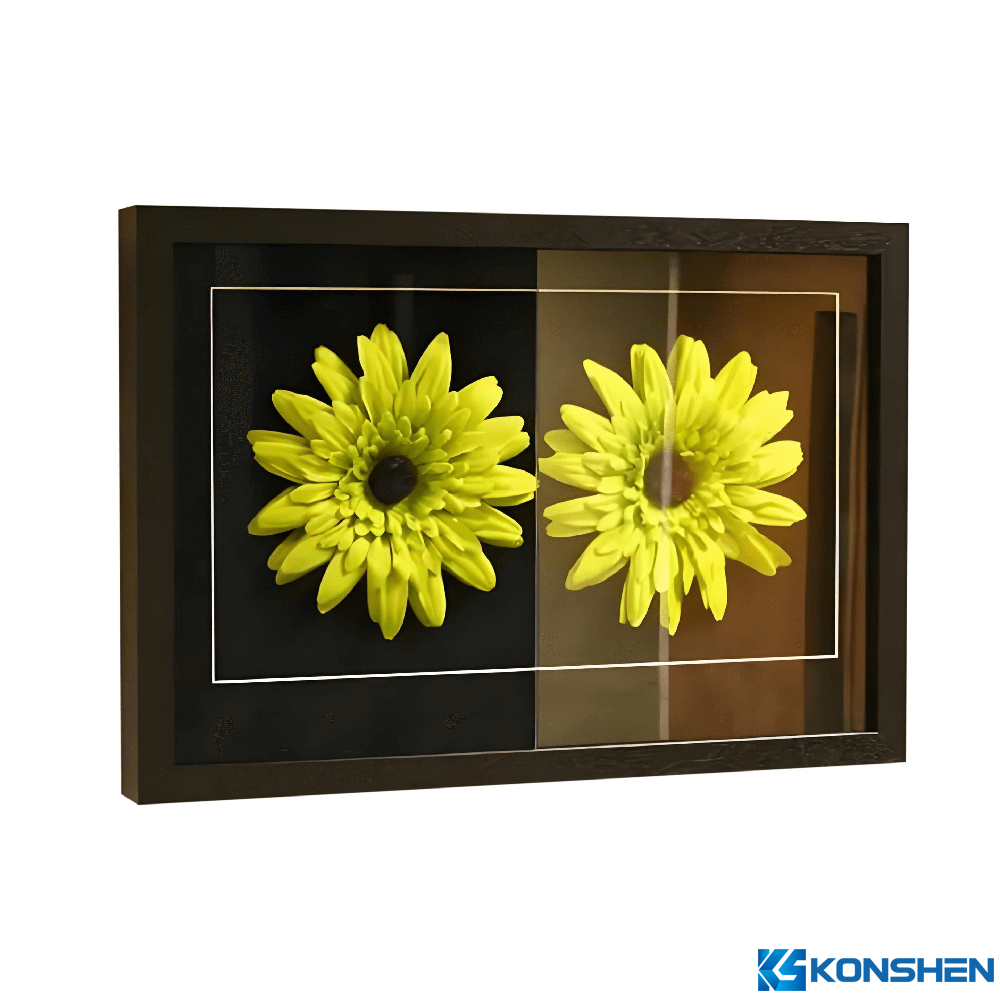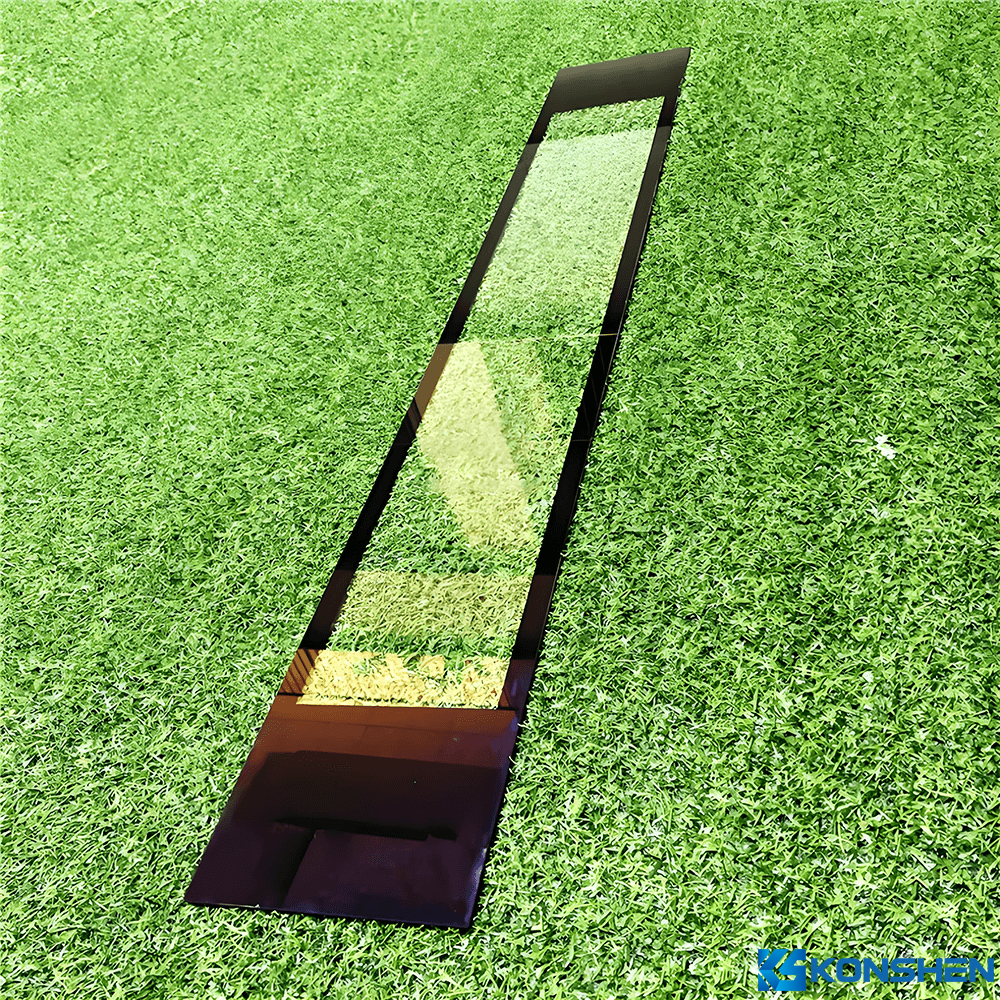In optical components, AR (Anti-Reflective) coating is a highly effective solution for reducing reflections and enhancing light transmission. Here are Technical parameters for AR coatings:
1. Anti-Reflective Wavelength Range
- - The effective wavelength range for an AR coating determines the wavelengths at which it can effectively reduce reflections. The range is adjusted according to different application requirements:
- - Visible Range: 400-700 nm
- - Infrared Range: 800-2500 nm
- - UV Range: 200-400 nm
2. Reflectance
- - In the specified wavelength range, single-side AR coatings typically achieve reflectance below 0.5%. High-performance coatings can even reduce reflectance to below 0.1%, significantly enhancing transmission (which often exceeds 99%).
- - Reflectance is influenced by the coating material and thickness design, which can be precisely controlled to achieve minimal reflectance based on specific optical requirements.
3. Coating Materials
- - Common materials used in AR coatings include:
- - Magnesium Fluoride (MgF₂): Suitable for broadband anti-reflection, often used in the visible spectrum.
- - Silicon Dioxide (SiO₂), Aluminum Oxide (Al₂O₃): These materials offer high hardness and improved abrasion resistance, suitable for harsher environments.
- - Titanium Dioxide (TiO₂) and Hafnium Oxide (HfO₂): These are used for narrower band anti-reflective applications and high-refractive-index coating designs.
4. Coating Thickness
- - The thickness of a single-side AR coating directly impacts reflectance and anti-reflective efficiency. The thickness typically ranges from several tens to hundreds of nanometers.
- - Multilayer thickness distribution is commonly designed to optimize anti-reflective performance in specific wavelength bands, such as quarter-wavelength layer designs.
5. Environmental Stability
- - The environmental stability of the coating is critical, especially in applications with high-temperature and humidity variations. High-quality AR coatings usually undergo MIL (Military Standard) and ISO reliability testing to ensure consistent performance in extreme conditions:
- - High-low temperature cycling tests
- - Damp heat tests
- - Salt spray tests
6. Surface Hardness and Abrasion Resistance
- - AR coating surface hardness generally exceeds 6H (based on pencil hardness testing). Higher hardness improves surface abrasion resistance, making the coating suitable for prolonged handling or outdoor use.
- - Hard coating materials like SiO₂ can further enhance mechanical properties, ensuring long-lasting anti-reflective performance across environments.
7. Laser Damage Threshold (LDT)
- - For high-power laser applications, the Laser Damage Threshold (LDT) of the AR coating is crucial. LDT values are often expressed in J/cm² and represent the maximum laser energy the coating can withstand at a specific pulse width and wavelength. Common LDT values for AR coatings are in the 2-10 J/cm² range or higher, depending on coating materials and structural design.
8. Surface Quality
- - For high-precision optical systems, surface quality of AR coatings is essential. It’s often evaluated using the MIL-PRF-13830B standard, with common specifications including:
- - 60/40: Medium surface quality for general optical systems.
- - 40/20: High surface quality for precise applications.
- - 20/10: Ultra-high surface quality for laser and scientific instruments.
9. Transmitted Wavefront Error (TWE)
- - TWE describes the wavefront distortion caused by light passing through the coating, usually expressed in wavelengths (λ). Smaller TWE values indicate higher wavefront quality. High-precision applications typically require TWE within λ/10.
If you need further details on specific parameters or environmental requirements, please let me know, and I can provide a more in-depth analysis.
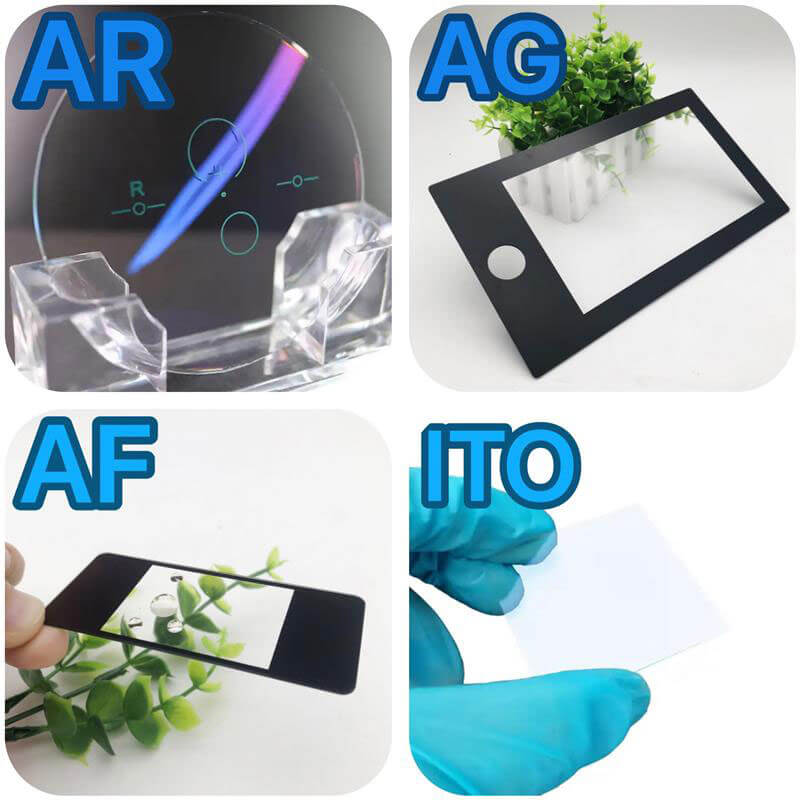 Coated GlassElevate your projects with advanced coated glass solutions from KS Glass.
Coated GlassElevate your projects with advanced coated glass solutions from KS Glass.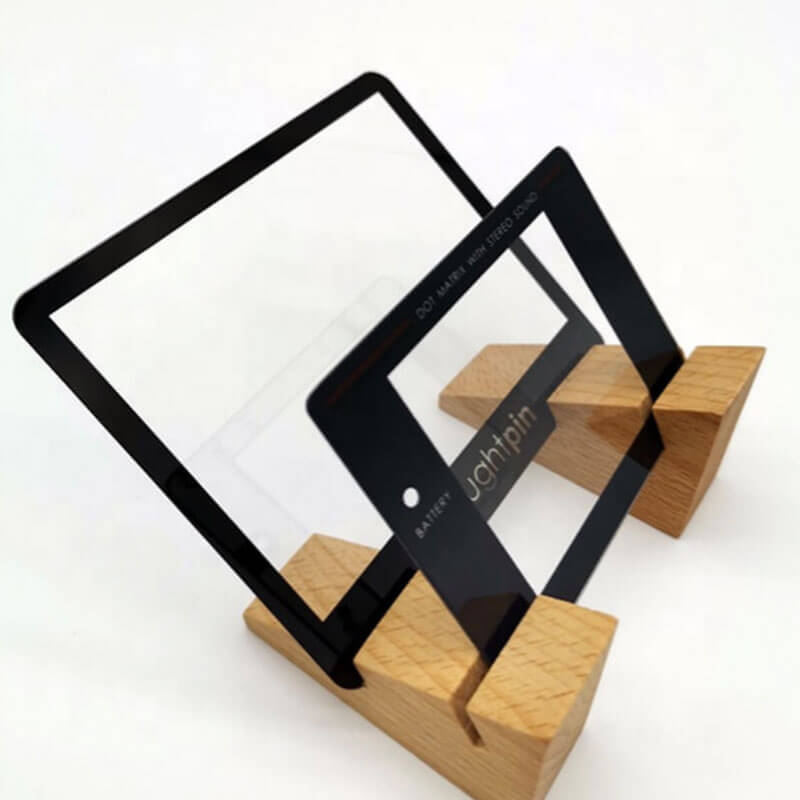 Cover GlassUpgrade your devices with our cover glass.
Cover GlassUpgrade your devices with our cover glass.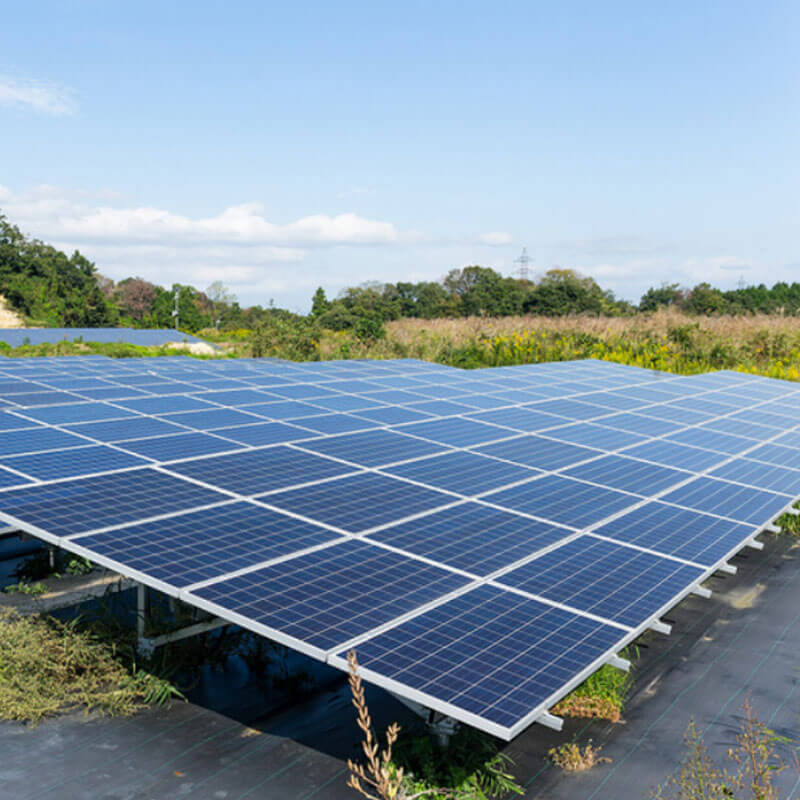 Solar Panel GlassUpgrade your devices with our cover glass.
Solar Panel GlassUpgrade your devices with our cover glass.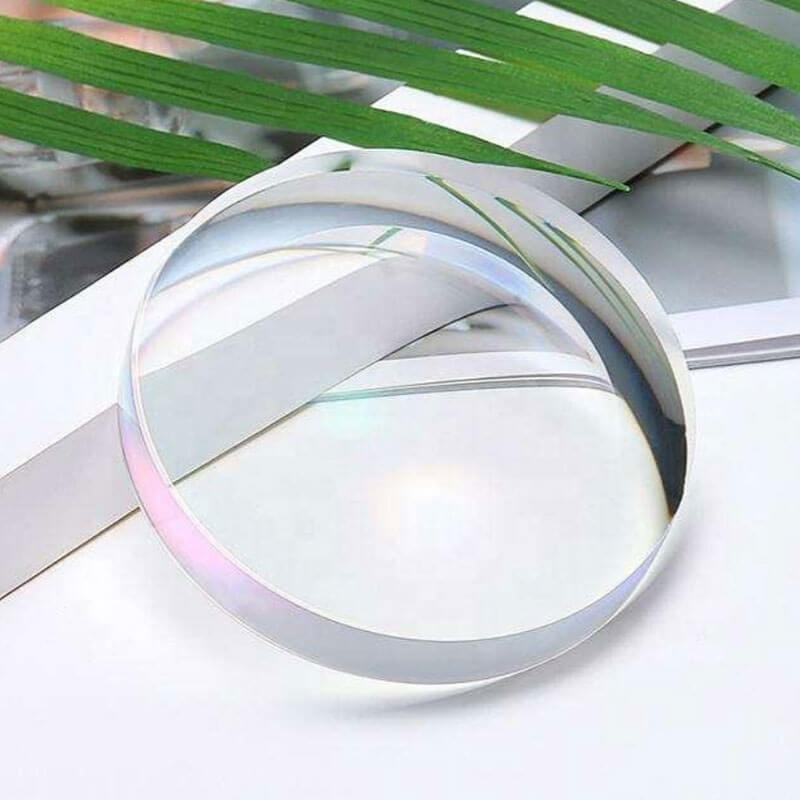 Glass MaterialDiscover the endless possibilities of working with large glass material.
Glass MaterialDiscover the endless possibilities of working with large glass material.
